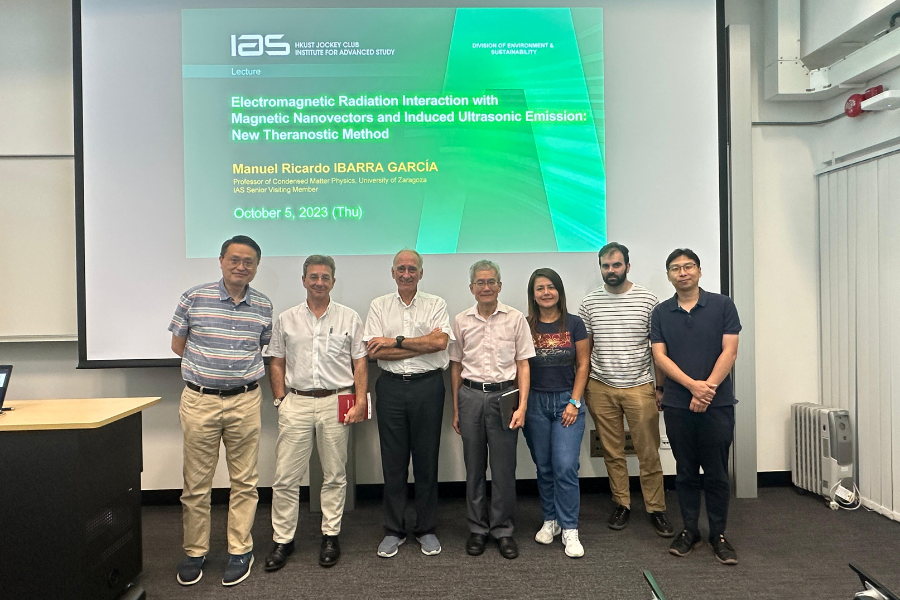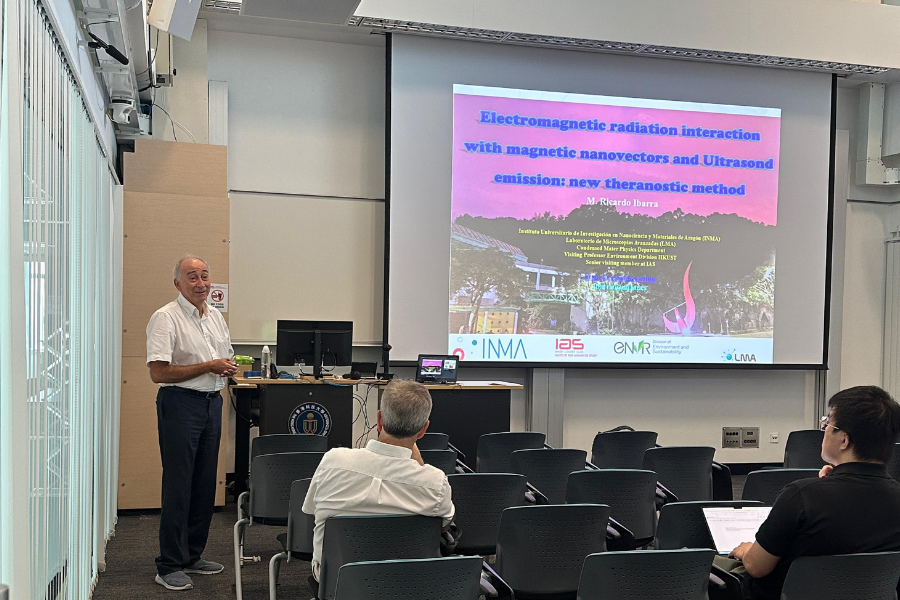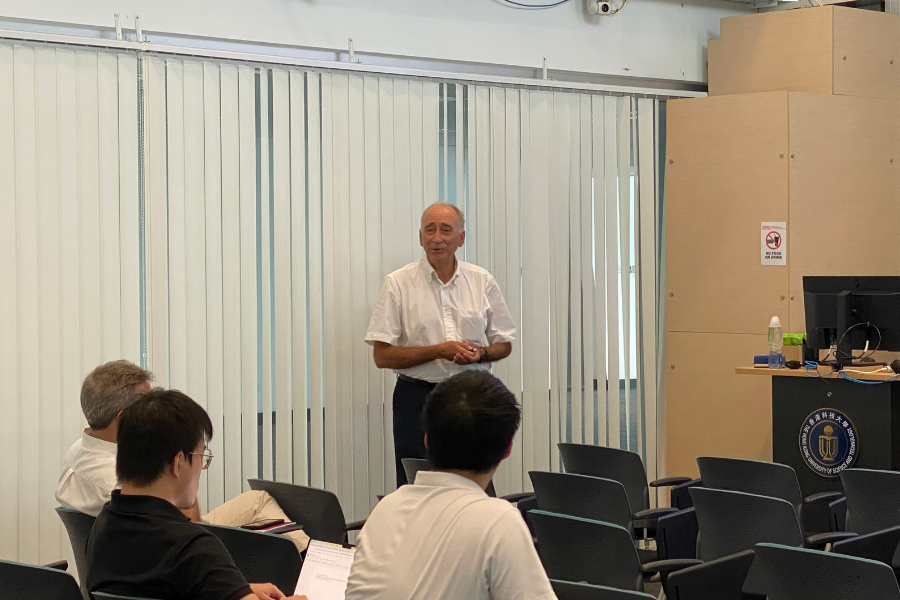Electromagnetic Radiation Interaction with Magnetic Nanovectors and Induced Ultrasonic Emission: New Theranostic Method
Abstract
Energy absorption by Magnetic Nanoparticles (MNPs) under alternating magnetic fields is the source of the heating properties used for magnetic fluid hyperthermia (MFH). Over the last few years it has been shown that, when energy absorption by MNPs occurs in MNPs uploaded cells, biological membranes can suffer physical damage as a consequence of the energy released by the MNP. [1,2] This membrane damage cannot be explained by considering only the effects of temperature. The speaker and his research group observed, as theoretically predicted [3], a large increment in the amplitude of the 2nd harmonic signal for the samples containing MNPs that were not present in the nonmagnetic nanoparticles samples control. This constitutes a relevant fingerprint of the ultrasound generation due to magneto-acoustic interaction in the MNPs. The aggregation of the magnetic nanoparticles due to magnetic dipolar interaction was studied. An efficient targeting of the magnetic nanovector leads to the possibility of performing ultrasound theranostic by combined acoustic imaging and MFH treatment.
References:
[1] L. Asín, M.R. Ibarra, A. Tres, and G.F. Goya. Controlled cell death by magnetic hyperthermia: effects of exposure time, field amplitude, and nanoparticle concentration. Pharmaceutical research, 29(5):1319–1327, 2012.
[2] B. Sanz, M. P. Calatayud, T. E. Torres, M. L. Fanarraga, M. R. Ibarra, and G. F. Goya. Magnetic hyperthermia enhances cell toxicity with respect to exogenous heating. Biomaterials, 114:62–70, 2017.
[3] J. Carrey, V. Connord, and M. Respaud. Ultrasound generation and high- frequency motion of magnetic nanoparticles in an alternating magnetic field: toward intracellular ultrasound therapy? Applied Physics Letters, 102(23):232404, 2013.
About the Speaker
Prof. Manuel Ricardo Ibarra García received his BSc in Physics from the University of Granada in 1979 and his PhD in Physics from the University of Zaragoza in 1983. He is the Founding Director of the Institute of Nanoscience of Aragon, Director of the Advanced Microscopy Laboratory, President of the Spanish Integrated Infrastructure for Electron Microscopy of Materials, and Professor of Condensed Matter Physics at the University of Zaragoza, Spain. He also serves as the Head of the Magnetism Section of the European Physical Society and a managing partner of three spin-off companies.
Prof. Ibarra García's research excellence was recognized by the region of Aragon and the Spanish government. He has made major contributions in areas such as magnetic anisotropy in rare earth intermetallics, colossal magnetoresistance in mixed valent magnetic oxides, giant magnetocaloric effect alloys and the applications of nanoparticles in biomedicine and magnetoresistive sensors.
Prof. Ibarra García was awarded the Plaque of Honour AEC-2014 by the Spanish Scientists Association, the CSIC Honor Tribute (2009) by the Spanish National Research Council and the Salvador Velayos Magnetism Award 2022 by the Spanish Magnetism Club. He also received an honorary doctorate degree from the AGH University of Science and Technology in Krakow, Poland (2008). In 2016, he was elected Academician of the Royal Academy of Exact, Physical, Chemical and Natural Sciences of Zaragoza.
For Attendees' Attention
Seating is on a first come, first served basis.






